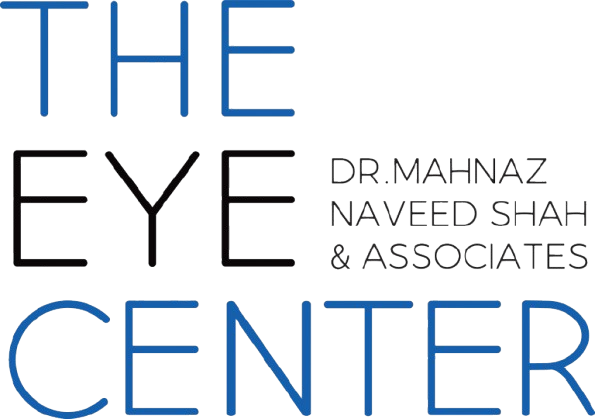Amblyopia is an early childhood condition where a child’s eyesight in one eye does not develop as it optimally should. The problem is most often evident in one eye but can be present, under more unusual circumstances, in both eyes. Amblyopia is also commonly known as “lazy eye” and affects 2 percent of children. In amblyopia, better images are provided from one eye to the brain. The brain focuses on the better eye selectively ignoring the weaker or “lazy” eye. Development in the visual system of the human brain continues to develop until approximately six years of age. If the eyes are not equally well stimulated during this time “ amblyopia” can develop.
What causes a “lazy” eye?
Anything that interferes in a crisp, clear image being provided to the brain can result in the development of a lazy eye. This may include the need for a spectacle prescription markedly different between the two eyes, squint or strabismus, childhood cataract, eye lid droop or ptosis. There are several other causes for amblyopia to develop.
Diagnosed in time, amblyopia can be minimized or reversed completely. Left uncorrected the problem becomes permanent.
If you have any concerns about your child not seeing clearly, please contact The Eye Center to make an appointment to see us.
